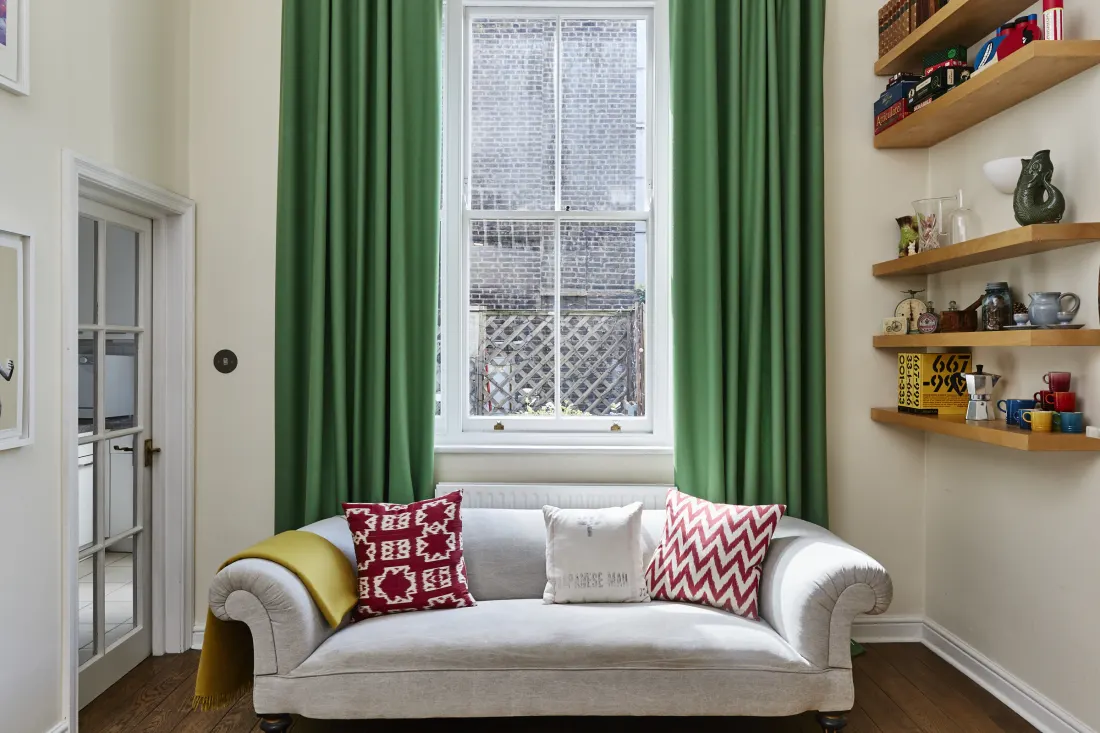Do we still Feng Shui?
For something that is most commonly associated with interior design, it might come as a surprise that the ancient practice of Feng Shui dates back over 6,000 years. The East Asian tradition, which is based on the flow of qi energy, is responsible for much of the traditional Chinese landscape. Throughout history, we can see the characteristics of Feng Shui when we look at sites such as the Ming tombs, the placement of roads, as well as the location and planning of cities. When Westerners first came to learn of these principles in the 18th century, they were dismissive and scathing in their commentaries on the subject, deeming it superstitious and irrational. However, during the 1960’s, the theories began to become popular among Western countries, mainly the US, Germany and France, it became a symbol of new age spirituality. Rising in popularity over the decades, by the 1990’s, having your home analysed and re-designed according to its energy flow was de-rigueur.
Basic principles of Feng Shui
Translating literally as “wind-water”, Feng Shui is the balance created between humans and their environment due to the placement of objects. Using each of the five elements - - - wind, water, earth, fire and wood, each is represented by different colours, shapes, materials and numbers. By creating harmony between yourself and your objects, you are promoting positive energy in specific areas of your life, depending on what you want to focus on. For example, wood is connected to personal growth and is represented by the colour green and it is widely known that adding green houseplants is a great way to incorporate this element into your home.

Is it still relevant?
With all the trends in interiors, from minimalism to maximalism and everything in between, are people still interested in creating the perfect energy in their spaces? There is no simple answer to this, as homes are such personal spaces and represent different things to different people. However Feng Shui is alive and well in the world of interiors and is still an influencing factor in architecture around the world. If you think you’d like to give it a try, we suggest starting small. Why not start with changing curtains, either in your bedroom or living room, as they are both very influential areas.


Curtains according to Feng Shui principles
While the idea of curtains blocking windows can seem to go against Feng Shui rules, they actually play an important role in harmonising decor, diffusing light and blocking negative energies. It is hugely important not to block the windows with your custom made curtains or blinds. Use light colours and sheers for privacy where necessary but for heavier curtains be sure to hang them high and wide, which has the added bonus of making the window look bigger. Colours also play a key part. Generally you should choose green for east facing windows, blue or purple for north, red for south and earth tones for west. If you would rather introduce the water element, which symbolises connection and flexibility, you could choose a wavy pattern, or even the wave shape created by eyelets would do the trick. Whatever energies you plan to welcome into your home, we have you covered with our wide colour range.

Looking for inspiration?
If you need some more inspiration for your next pair of curtains or blinds, check out our blog.
INSPIRE ME